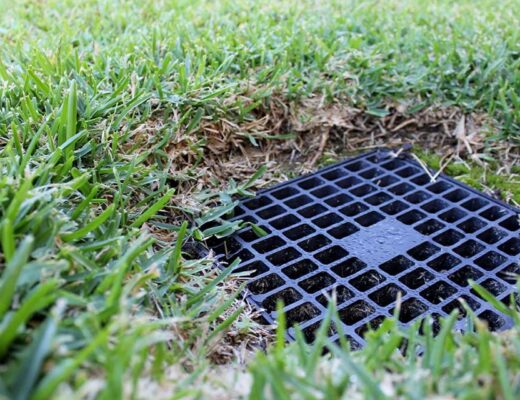Liquid fertilizers are easy to use and apply evenly. They are ideal for scenarios requiring immediate nutrient uptake or when soil conditions limit nutrient availability.
Whether you make your homemade liquid fertilizer or purchase one at the garden center, following the instructions carefully is important. This includes ensuring it’s adequately diluted and applying it on dry days to avoid burning plants’ leaves.
Boosts Plant Growth
Some plants, such as tomatoes and beans, need extra help getting the nutrients they need to grow strong and healthy. Liquid fertilizers are easily mixed and applied using a garden sprayer or a watering can. You can even make your liquid fertilizer with a simple recipe that involves steeping compost in water for a few days, a process known as making compost tea.
Garden foliar fertilizers are also liquid fertilizers that the leaves of your plants and lawn can quickly absorb. This is a good option when addressing nutrient deficiencies in your plants, especially after a stressful period such as a frost or drought. Some liquid fertilizers are designed to attach directly to the end of your hose, so they mix with water automatically when you turn on your irrigation system. This saves time and prevents accidental over-fertilization. It also reduces the risk of nutrient runoff and leaching, which pollutes our waterways.
Reduces Soil Irritation
A liquid fertilizer applicator uses a series of nozzles to spread fertilizer on crops or soil. The nozzles can range from simple tubing to complex assemblies that uniformly spread fertilizer across the field. Liquid applicators are ideal for immediate nutrient uptake scenarios, like responding to nutrient deficiencies.
When using a dry fertilizer, nutrient uptake occurs over time, often after rainfall or irrigation. As a result, the risk of burning or damaging plants is greater.
Be careful not to over-fertilize, leading to nutrient runoff and water pollution. When determining the proper rate of fertilizer, follow UF/IFAS recommendations. Avoid applying fertilizer before rain is also a good idea, as rain can wash fertilizer from hard surfaces and leach it into groundwater. This can lead to nutrient imbalances and harmful plant reactions, like dieback. The nozzles on a liquid fertilizer applicator can be adjusted to prevent damage to sensitive plants.
Reduces Soil Moisture Loss
Some plants benefit greatly from the instant nutrient uptake offered by liquid fertilizers. However, the amount of liquid fertilizer required will vary based on crop type and soil conditions. Conducting thorough soil testing will ensure you use the right fertilizer for the best results possible.
You can apply liquid fertilizers directly to the plant with a hose-end sprayer or watering can. Just make sure the solution is diluted properly based on the label instructions. Too much fertilizer can burn plant leaves and roots.
Granular fertilizers must be worked into the soil, which takes a while to release the nutrients into the garden. They also lose some effectiveness during rainfall and can leach out through the soil, leaving your plants less nourished than they should be. However, minimizing fertilizer runoff will reduce the amount of nutrients that reach waterways. This is important for preserving ecosystems.
Reduces Soil Erosion
Soil erosion is a significant issue, especially in regions with high precipitation levels. The nutrients from fertilizers wash away into nearby waterways and lakes, contaminating them and posing a risk to human health. Using a liquid applicator to deliver plant nutrients can help minimize this erosion by preventing fertilizer loss from the field.
Liquid fertilizer is easy to apply as a dissolved solution via your garden hose, sprinkler, or in a bucket alongside plants. Follow the directions on the fertilizer label to ensure you’re applying it at the correct dilution ratio.
The best way to determine how often you need to fertilize your garden is through a soil test in autumn. Once you have your results, you can use your findings to create a plan to keep your soil healthy and nutrient-rich. It will also reduce the time and money you spend on fertilizers. Ultimately, it will help you avoid over-fertilizing, which can damage or even kill your plants.








No Comments